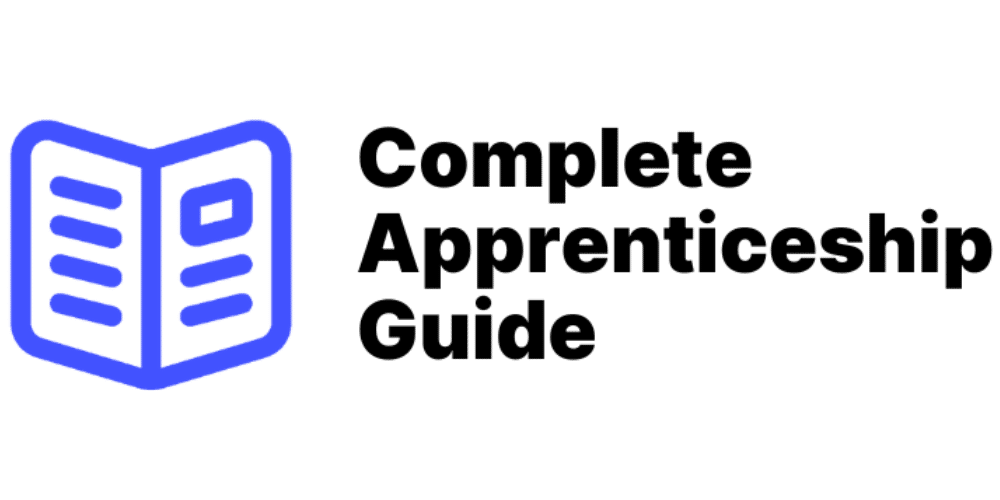Get started
Learn how to apply for an apprenticeship and what to expect when you begin.
Applying for an apprenticeship
Explore hundreds of apprenticeship opportunities and find the perfect fit for you. Learn what’s required to apply and take the next step in your career.


Create an account to search and apply for apprenticeships
Create an account on Find an Apprenticeship to explore and apply for apprenticeship opportunities.
Preparing for an apprenticeship
Discover your apprentice rights, prepare for your initial assessment, and find out where to access support.


Your rights as an apprentice and where to get support
Know your rights and discover where to find advice, guidance, and support throughout your apprenticeship.
Find a job
Use our job search to find apprenticeship jobs in England.
FAQs
Questions? Answers.
Quick answers to questions you may have. Can't find what you're looking for? Search our knowledge base.
You can find many apprenticeship opportunities, and "Find an apprenticeship" is an excellent place to see available opportunities. You can use this service to save and apply for jobs and get alerts for new openings in specific areas.
Some employers post apprenticeship jobs on their websites, and you can apply directly.
Make it look neat: Type your CV using a clear font like Times New Roman or Arial. Keep the font size the same (12 is standard), and avoid using fancy designs. Employers prefer clean and tidy CVs; some might use software that filters out complicated ones.
Keep it short: Limit your CV to one page. Managers are busy and have many applications to review. A shorter CV will help you focus on important points.
Organise your skills:
- Sort your skills, experience, and achievements into categories like work experience, education, and extracurricular activities.
- Put part-time jobs under work, school under education, and personal activities under extracurricular.
- List them in order from the most recent.
- Include only dates, locations, and achievements.
Tailor it to the job: Customise your CV for the job you're applying to. Match your skills with what the employer seeks in the job description.
Check for mistakes: Make sure your CV has no errors, including spelling and grammar. Read it multiple times, ask someone else to check, and consult a careers advisor.
Why you want the job: Start by explaining why you're interested in the job in two or three sentences. Mention what attracted you to the company or the benefits the position offers.
Key qualifications: Match your skills and experiences with the qualities the job requires. Be concise and explain how you meet each requirement.
Personal details: Add a bit about yourself at the end, like hobbies or interests, to give the employer a sense of who you are.
Other Things to Remember
References: You'll need at least two references when applying for a job, usually obtained after being offered the position. These can be former employers, teachers, or people who know you well.
Format: Submit your CV and cover letter as Word documents or PDFs through email. Some jobs may require online application forms instead.
Additional evidence: Certain jobs may need a portfolio of your work, so be prepared for that request.
Track your applications: Keep a record of the apprenticeships you apply to, including their closing dates. If you are still waiting to hear back, follow up after a few weeks to inquire about the interview process or ask for feedback if you weren't successful.
Start by researching the company’s website, culture, mission, and values. Speak with employees or check online sources for insights. Stay informed about industry trends. Practice answering common questions about your goals, strengths, weaknesses, and reasons for applying. Prepare thoughtful questions about the role, company, and career growth. Learn the interview format, test online platforms, and choose a quiet space. Plan your route in advance. The day before, dress appropriately, organize necessary documents, and rest well. On the interview day, arrive early, greet confidently, stay calm, and engage actively. Show enthusiasm by asking relevant questions without focusing solely on salary.
Before starting your apprenticeship, you will undergo an initial assessment with your employer and training provider. This session covers apprenticeship details, job expectations, and training structure. You can discuss required qualifications, like English or math. Two key documents will be established: the Apprenticeship Agreement, a legal contract, and a Training Plan, tailored to your skills and experience. Clarify first-day logistics, dress code, and workplace facilities. Understand your rights as an apprentice and the support available, such as manager check-ins and feedback. Knowing these details will help you transition smoothly and make the most of your apprenticeship experience.
Apprentices have the same rights as employees, including fair wages, paid leave, a safe workplace, and access to training. At least 20% of working hours should be dedicated to training. Apprentices are entitled to clear information about their course, assessments, and agreement terms. Support is available through networks like the Apprenticeship Ambassador Network (AAN) and the apprentice portal, which provides resources and updates. Independent advice is available from ACAS, Citizens Advice, and Law Centres Network. Mental health support can be accessed through NHS services, Mind, Samaritans, and CALM. Always seek guidance from employers, training providers, or external services.
